| Sunken Japanese Ships with the Allied POWs in transit |
Sunken Japanese Ships with the Allied POWs in transit
FORWARD
During the Second World War, over 300,000 officers and men of the Allied Forces captured by the Japanese Forces were transferred all over within the occupied areas, or shipped to Japan as work force. Of those POWs, the colonial soldiers (other than the so-called “white POWs”) were released after being made to pledge loyalty to the Japanese Forces. In reality, however, they were roped into working as romucha (laborers). The number of POWs and romusha who were transported by ship is said to be 50,000, or 60,000, and they suffered many casualties by the sinking of their ships in the waters where enemy submarines and aircraft were rampant.
Prior to embarkation, they were nearly exhausted from the hard work in the previous working places, and many became ill during the voyage due to extremely poor living conditions aboard the so-called “hell ships.” In addition, not a few of them were killed by “friendly fire” for them. According to “Furyo toriatsukai no Kiroku” (The records of POW treatment) edited by the Japanese POW Information Bureau, a total of 24 ships were lost while transporting the POWs. Of the 18,182 POWs being transported aboard those ships, the lives of 10,834 men were lost. Some ships went down to the bottom of the sea without a single survivor. There were many cases of the POWs who had been rescued in the sinking of their ships, only to die soon after arrival at the harbors or their POW camps.
We would very much like to express our profound sorrow at the death of those victims, and at the same time, wishing to write down those tragedies as historical records, we have set up the web-pages with regard to the results of our research on those 24 ships (strictly speaking, it has turned out to be 23 ships). To our great regret, however, only few materials and little information are available on this subject in our country, and we had to rely on the information from the materials in overseas and web-sites dealing with those sunken ships. Therefore, we would like to express our sincere appreciation to the United States Naval Institute, who has kindly granted permission to let us use abundance of information on those ships found in the book entitled “Death on the Hellships” by Mr. Gregory F. Michno.
Furthermore, we would also like to offer our thanks to those who have kindly provided us with valuable photos of the ships concerned. There are, however, some ships, the photos of which, or the copyright owners of which, have not been found after our reasonable research. If any reader of our web-pages had a photo of such ships, or knowledge of the copyright owner of the photos such ships, please do contact us. We would appreciate it very much.
We have often read about statements of personal experiences by former POWs, which indicate that the ship they were aboard was attacked by a friendly submarine, because she was unmarked. As far as we know, in the 1929 Geneva Convention, which describes the rules of humane treatment for POWs, we do find rules regarding hospital ships, but we never find any rules on the ships transporting POWs. Since about 1940, the International Red Cross repeatedly made recommendations for belligerent countries that those ships employed for the transportation of POWs shall be marked with the recognized markings, and to practice self-control of mixed cargos of POWs and troops and munitions. However, both the Axis and Allied Powers rejected such IRC’s recommendations. In addition, the United States was also executing “unrestricted submarine/aircraft warfare” against Japan since the hostilities began. Those happened because they weighed more on the destruction of enemy ships than saving the lives of POWs of their allies.
Even so, this does not mean Japan could receive immunity from responsibility for having sent the ships with POWs aboard to those dangerous waters where US submarines were widespread, and there were high possibilities of being sunk. This alone was very much against the humane treatment of POWs stipulated in the Preamble of the said Convention, which states, “Recognizing that, in the extreme event of war, it will be the duty of every Power, to mitigate as far as possible, the inevitable rigors and to alleviate the condition of POWs.”
In any case, we would very much like to wish and hope for that war which creates such tragedies will never be repeated in the future.
Location of the sunken Japanese ships with the Allied POWs in transit
* Click the map to view the full-size map.
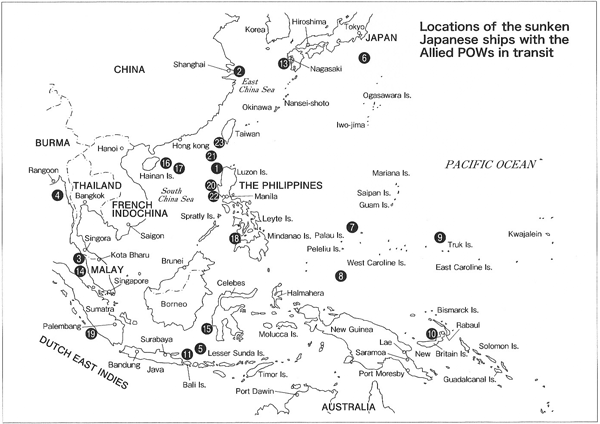
| Click the ship name to jump to the details. | ||
| 1: Montevideo Maru | 2: Lisbon Maru | |
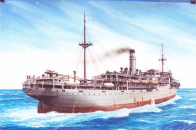 |
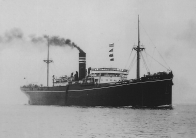 |
|
| 4: Nichimei Maru | 5: Suez Maru | 6: Chuyo |
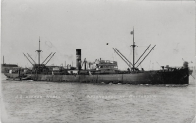 |
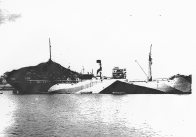 |
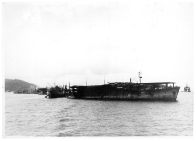 |
| 7: Ogashima Maru | 8: Ikoma Maru | 9: Katori |
| We are searching for a photograph | 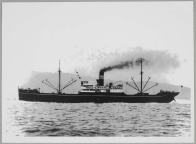 |
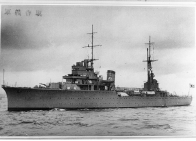 |
| 10: Kokai Maru | 11: Tango Maru | 12: The Second Eiho Maru |
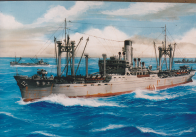 |
We are searching for a photograph | We are searching for a photograph |
| 13: Tamahoko Maru | 14: Harugiku Maru | 15: Koshu Maru |
 |
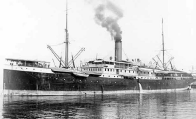 |
We are searching for a photograph |
| 16: Kachidoki Maru | 17: Rakuyo Maru | 18: Shinyo Maru |
 |
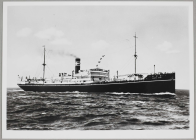 |
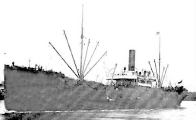 |
| 19: Junyo Maru | 20: Hofuku Maru | 21: Arisan Maru |
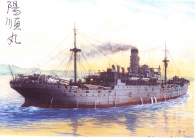 |
We are searching for a photograph | We are searching for a photograph |
| 22: Oryoku Maru | 23: Enoura Maru | |
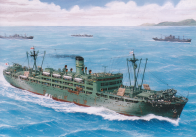 |
We are searching for a photograph | |
| The followings are some of the other ships that transported POWs. Only the paintings (courtesy of Mr. Kihachiro Ueda). | ||
| Aki Maru | Kenkon Maru | Rashin Maru |
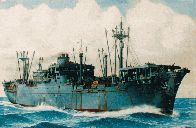 |
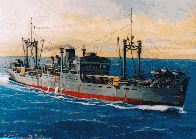 |
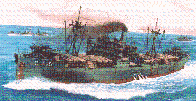 |
| Hawaii Maru | Maebashi Maru | Hokusen Maru |
 |
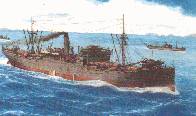 |
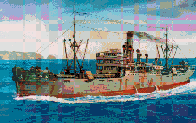 |
| Teia Maru | ||
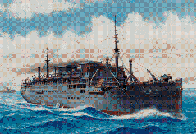 |
||
Bibliography
Death on the Hellships, Gregory F., Michno USNI;
Silent Victory, Clay Blair Jr., Bantam Books;
Darkest Hour- Lark Force at Rabaul, Bruce Gamble, Zenith Press;
Return from the Rivwer Kwai, Joan and Clay Blair, Jr., Simon & Schuster;
Execute against Japan, Joel Ira Holtwitt, Texas A&M Univ. Press;
Father Found, Duane Heisinger, Xulon Press;
Sensuikan Kougeki (Attacks against submarines)– Jiro Kimata, Kojinsha;
Umino Bohyo (Grave markers at Sea) – Yuji Miwa, Tembosha;
Harukanaru Kaikino Umi (Far away Revolution at Sea) – The IJNA 71st Term Kuchikukan Bukai, Kubo;
"Chuyo" no Sonan (Carrier Chuyo in distress) – Rihei Katsura;
Rekishi to Tabi, Taiheiyo Senso Gunkan Funsenki (History & Journey, Fighting accounts of men of war in the Pacific War) - Akita Shobo;
BC Kyu Sempan Yokohama Saiban Shiryo (Materials on Class B & C War criminals in the Yokohama Trial) – Yoshio Chaen, Fuji Shuppan;
Huryo Toriatsukai no Kiroku (Records on the treatment of POWs) – Furyo Johokyoku (POW Information Bureau of Japan);
Taiheiyo Senso to nihon Shosen Doko (Movement of the Japanese merchant men & the Pacific War) 59 & 66;
Hiun no Nihon Shosen (Ill-fated Japanese merchantmen)13 & 4;
Wikipedia and goo Wikipedia on each ship.